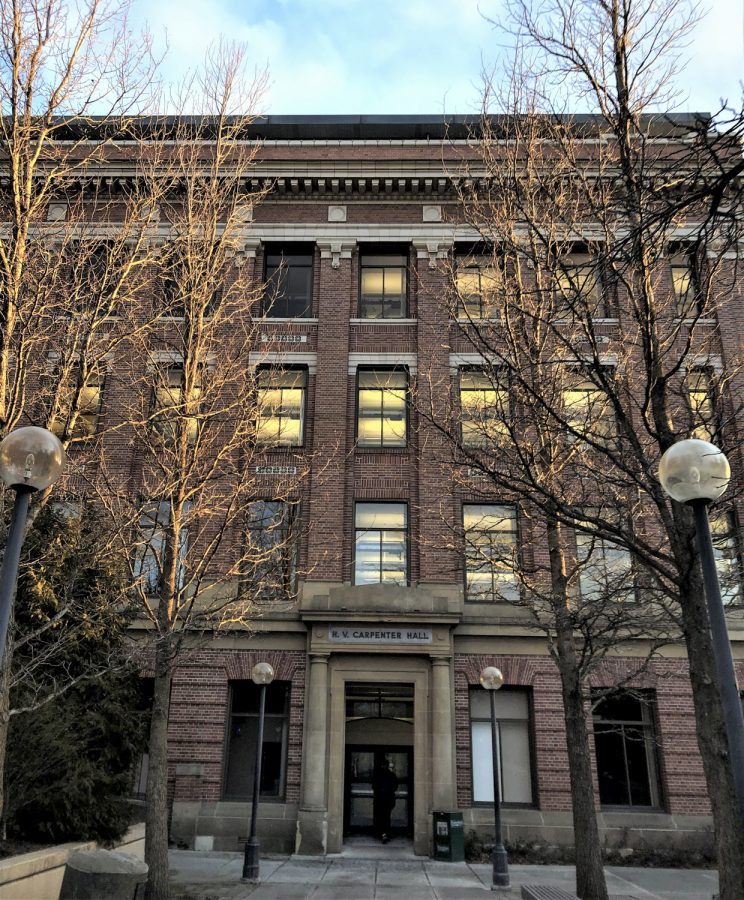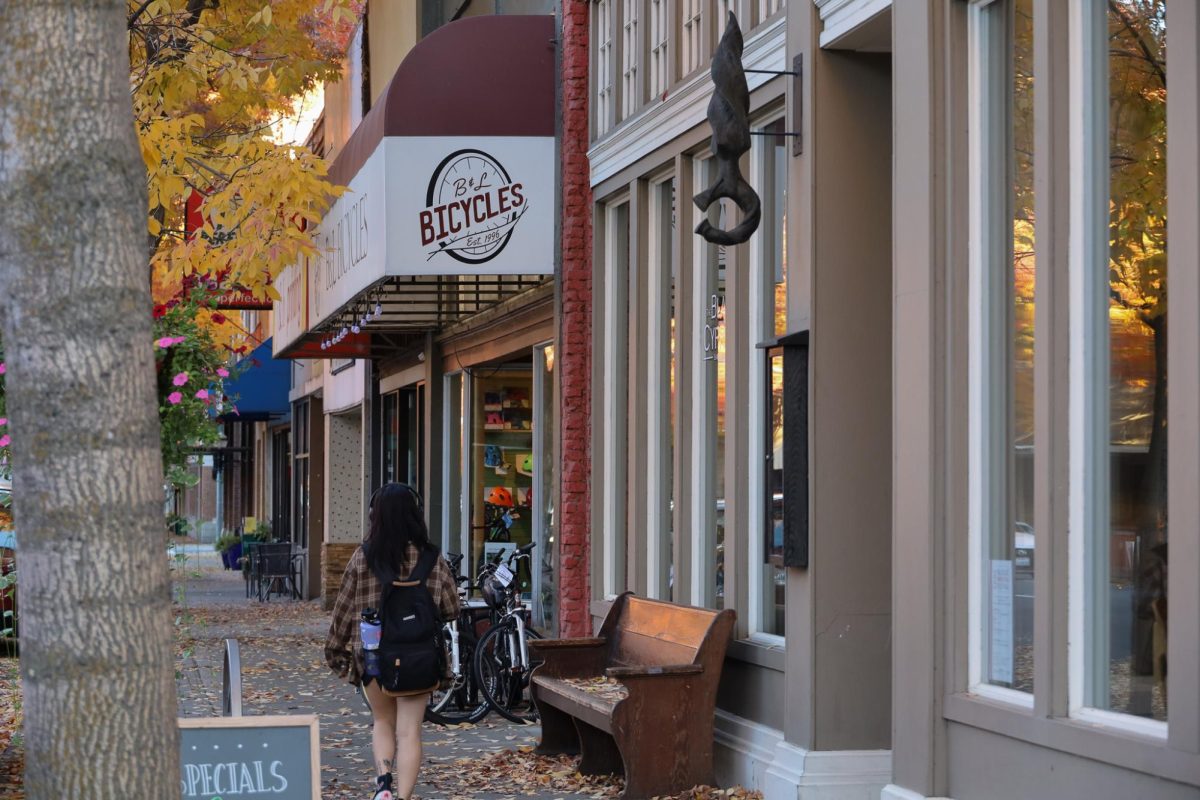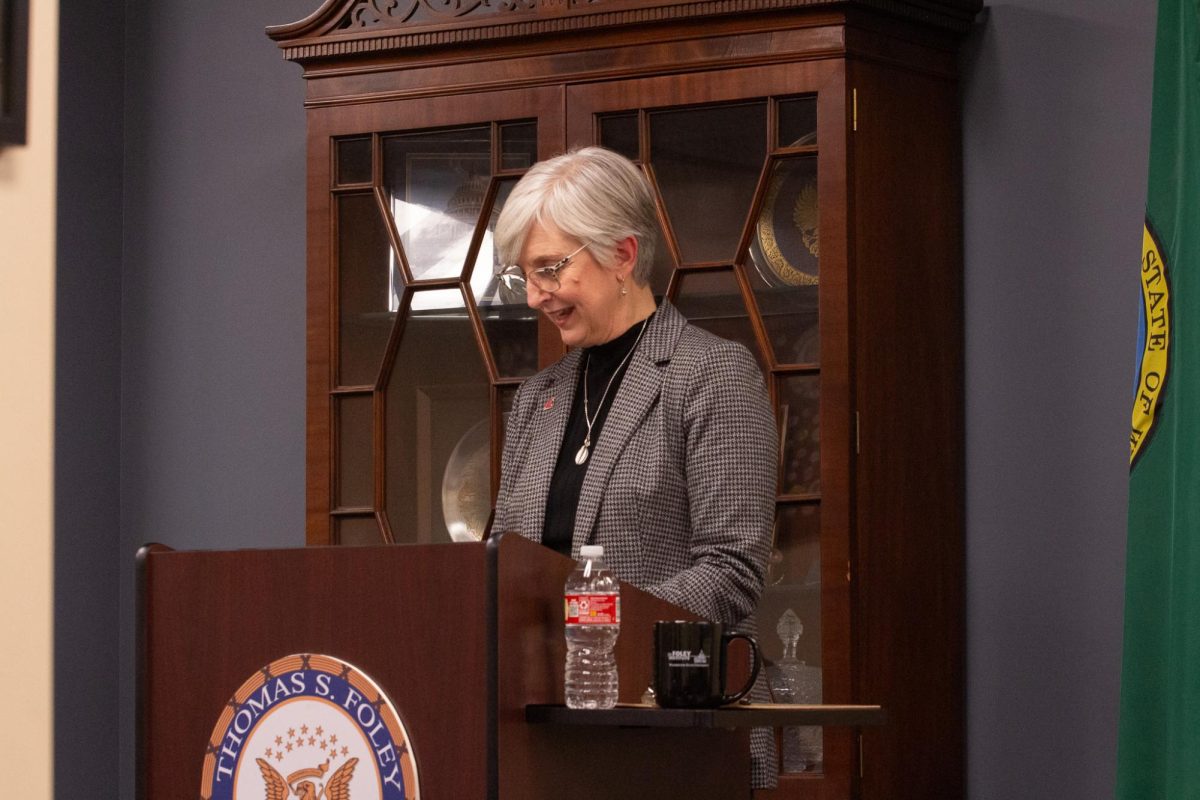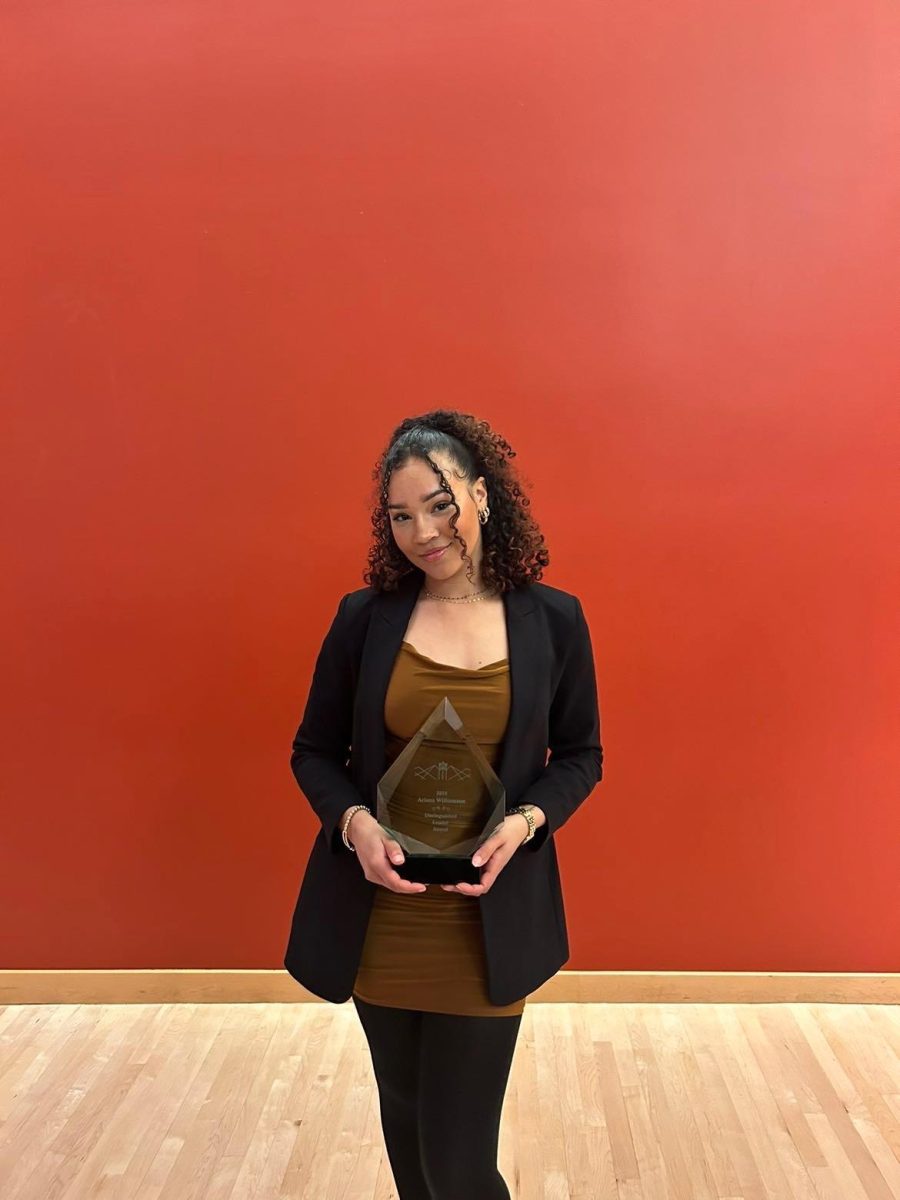WSU’s School of Design and Construction specializes in four main programs including architecture, construction management, interior design and landscape architecture.
Jess Cross, School of Design and Construction academic advisor, said students’ first step in the school of design and construction is what is called the pre-professional year. In the pre-professional or first year in the school, students take pre-requisite courses in the School of Design and Construction as an introduction into the field.
After taking these courses, students then decide if they want to continue with a major in the school, Cross said.
“We want to make sure students will enjoy this career path and have the necessary skill set,” she said.
Once these first-year courses are finished, the student can then apply to one of the four programs: architecture, landscape architecture, construction management and interior design, Cross said. The admission numbers are ever-changing, however, architecture and construction management are their, most popular majors because they encompass lots of information and result in students having a large skillset.
Approximately 151 students are enrolled in architectural studies, 144 in construction management, 73 in interior design and 58 in landscape architecture, Cross said.
Antonio Castillo, junior architectural studies major, said his favorite part about his major is there is a studio class every semester where you work on projects and practice model-making.
Castillo said the School of Design and Construction is unique because the enrollment numbers are so small in each department, you become close with the people in your major and get to know them well over the years.
“It is a very close-knit, family-like community,” Castillo said.
Some of his favorite memories are working with students in the shared studio space after hours to work on projects. Often people listen to music, watch shows or talk to each other when working on projects he said.
Castillo said his favorite part about his major is that there is a studio class every semester from sophomore year on where you work on projects and practice model making. There are about 1-3 projects per class for studio classes.
The other classes are mostly lecture-based and examine theories behind design and architecture, as well as the history and learning software, junior architecture major Evy Wacker said.
Wacker said her favorite aspect of the school was the encouraging community.
“You make friends so easily because you see each other constantly by having all classes together,” Wacker said.
Much of the architecture major is designing buildings and developing theories surrounding architecture, Wacker said.
The construction management undergraduate degree focuses on providing students with the sufficient skill set to be best prepared for a career in construction management, according to the School of Design and Construction website. The program teaches concepts surrounding cost, scheduling and building science behind construction management.
The interior design track at the School of Design and Construction at WSU is a collaborative creative career path, Cross said.
The last degree option in the school is landscape architecture. Landscape architecture combines elements of art, science and community engagement to create meaningful outdoor places to support community health and sustainability, according to the school’s website.
Each major has their specific requirements and focuses, however having all programs located within one school creates an interactive and engaging environment, Cross said.
Castillo said his major in architecture is the perfect mixture of art and science. His class experience has resulted in a well-rounded knowledge of architecture, mode making and design.
Another benefit of the school is the faculty is heavily involved in the industries related to each of the four programs, Cross said. Faculty involvement in the industry has led to a high job and internship placement rate.


















